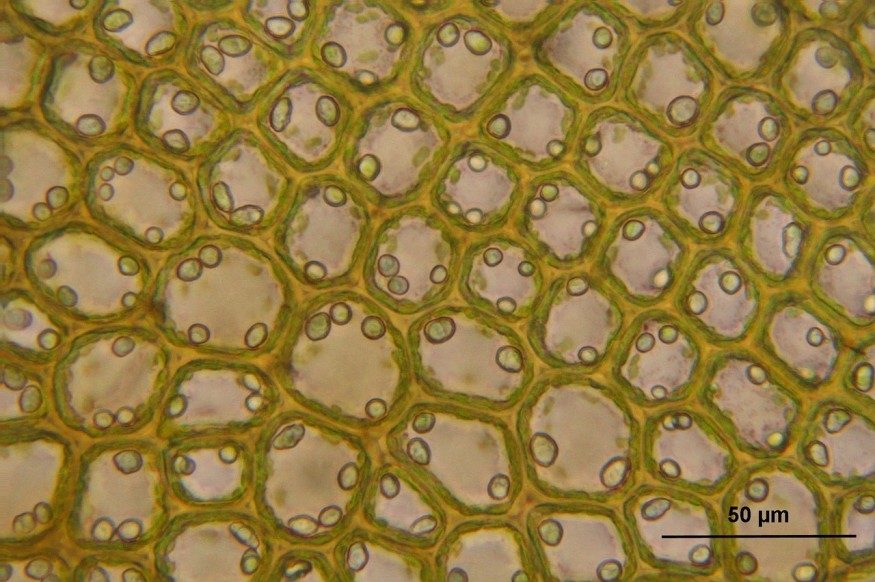Researchers from North Carolina State University demonstrated a reproducible way of studying communication among different plant cells in a new study titled "Establishing a Reproducible Approach To Study Cellular Functions of Plant Cells With 3D Bioprinting" published in Science Advances.
They used 3D bioprinting to understand how plants interact with one another and their environment to know how they function, which may lead to better crop varieties and optimal growing conditions.

3D Bioprinting Plant Cells
The team bioprinted plant cells from Arabidopsis thaliana and soybeans to study how long they will live and to examine how they acquire change.
Lisa Van den Broeck, the first author of the study and an NC State postdoctoral researcher, said in a press release statement that there are different cell types with specialized functions and sets of genes expressed in a plant root. They also want to know what happens after bioprinting live plant cells then placing them in an environment synthetically designed.
3D bioprinting plant cells are mechanically the same as printing ink or plastics but with little adjustments. Van den Broeck said that they use bioink or living plant cells instead of ink or plastic. The whole process is just like the common 3D printing but with some additions, such as an ultraviolet filter to keep the environment sterile and using multiple print heads to print different bioinks simultaneously.
Live plant cells with no cell walls, also known as protoplasts, are bioprinted with growth hormones, nutrients, and a thickening agent derived from seaweed called agarose that helps in stabilizing and providing scaffolding to the cells.
Professor Ross Sozzani, the co-corresponding author of the study, said that they found that it is important to use proper scaffolding when printing the bioink as its needs to be solid. Copying the natural conditions of a cell keeps cellular signals and cues occurring as they would in the soil.
Plant Cells Lived and Divided
The research showed that over 50% of the 3D bioprinted cells were alive and started dividing into small cell colonies called microcalli, Interesting Engineering reports.
Van den Broeck said that they expected good viability on the day cells were bioprinted, but they never maintained cells past a few hours after bioprinting. They saw similar viability ranges after manually pipetting cells, which means that the 3D printing process did not do any harm to the cells.
Sozzani noted that it was a manually difficult process, and the 3D printer controls the pressure of the droplets and the speed of them being printed. Their study has shown that bioprinting provides a better chance for high-throughput processing and control in the architecture of cells.
They also tested whether the cells could regenerate, divide, or multiply. They found that Arabidopsis root and shoot cells needed varied combinations of nutrients and scaffolding for optimal viability. On the other hand, the soybean embryonic cells remained viable two weeks after bioprinting and were divided to form into microcalli.
Plant Cells are Like Animal Cells
The team also studied the cellular identity of the bioprinted cells. According to Futurity, they were like animal cells that can become different cell types. They can divide, grow, and express specific genes that scientists can study to understand any changes in cell identity.
In conclusion, the study shows the strong potential of using 3D bioprinting to identify the optimal compounds needed to support plant cell viability and the right environmental conditions.
RELATED ARTICLE: 3D Printing in Medicine: Bioprinting Will Be Available in a Decade, Probably Cheaper Than Costs Associated With Organ Failure
Check out more news and information on Bioprinting in Science Times.
© 2025 ScienceTimes.com All rights reserved. Do not reproduce without permission. The window to the world of Science Times.










